Taman Tugu is a not-for-profit corporate social responsibility (CSR) initiative led by Khazanah Nasional Berhad (Khazanah) with the support of various public sector agencies and civil-society organisations. The 66-acre Taman Tugu site, was brought to Khazanah’s attention as a proposal to be converted into a for-profit tourist attraction theme-park. At the same time, other developers were pursuing the land for commercial development purposes. Based on feedback from various communities and engagements with organisations such as the Malaysian Nature Society (MNS), Khazanah motioned to convert the site into a public park and conserve the secondary forest contained within it.
In partnership with the Forest Research Institute of Malaysia (FRIM), up to 1,000 trees within the site have been identified and tagged for preservation. These include indigenous species such as Jelutong, Tembusu, Pulai and Gaharu – many measuring more than 1-meter in diameter and are potentially 100-years old. More than 4,000 trees averaging 8-10 years old consisting of more than 230 indigenous Malaysian rainforest species are being added to the site. These trees, sourced from nurseries include 1,000 trees which are categorised as “Endangered” or “Critically Endangered” by the International Union for Conservation of Nature (IUCN) such as the Keruing, Meranti and Mersawa species.
One of the criteria in selecting the trees being added is the type of fauna it will attract. An increase in fauna will enhance the biodiversity of the site and promote the ecosystem including natural pollination. If this happens well, the site could eventually have more than 200 trees per acre – similar to a rainforest.

The trails are created in a “discoverable” manner ensuring that none of the FRIM tagged trees are compromised. As trails were created, it appeared that the site had become an illegal dumping ground. Thus far, more than 300 truck-loads of rubbish has been removed from the site – this included construction debris, household rubbish and even needles believed to have been left by substance abusers who frequented the site.
As you walk the trails you will notice quite a number of palm oil trees. These are believed to have been brought in by the British prior to independence when the site was home to British residences. The British initially brought in palm oil seeds from West Africa and planted it for ornamental purposes.
Taman Tugu Introduction
After independence, the site was home to Malaysian government officials including Malaysia’s 1st Lord President, Malaysia’s 1st Director of Agriculture, and Finance Minister Tun Tan Siew Sin. The site eventually was home to government quarters and you will see the footprints of these quarters as concrete slabs along the trails.
As a legacy of the British residences, homes of Malaysian officials, and employee quarters, the Taman Tugu site is home to Madrasah Bustanul Ulum (a Surau-Jumaat) and 4 Hindu shrines to cater for those who used to live in the area. In keeping to one of the principles in creating this forest park, which is not to displace current “residents”, a bigger purpose-built Surau-Jumaat and Hindu Temple are being re-built at easier-to-access-locations within the site. The existing Madrasah and Hindu shrines will then be part of the forest park. In additionto the Madrasah and Hindu shrines, the Institute of Strategic and International Studies Malaysia (“ISIS-M”) and Rumah-Kelab Persatuan Perkhidmatan Tadbir dan Diplomatik (“PPTD”) (Malaysian Civil Service Club-House) are also current residents of the Taman Tugu site which will be retained at their existing locations.
The 66-acre Taman Tugu site will be transferred into Amanah Warisan Negara (“AWAN”) (National Heritage Trust) to be managed and protected into perpetuity as a public green space. AWAN is a national public trust founded by Khazanah Nasional Berhad with a longer term objective to undertake more projects that involve the rejuvenation, rehabilitation and/or operations of selected public spaces together with heritage assets of national significance – as inspired by the National Trust for Places of Historic Interest or Natural Beauty or commonly known as the National Trust UK.
LEISURE
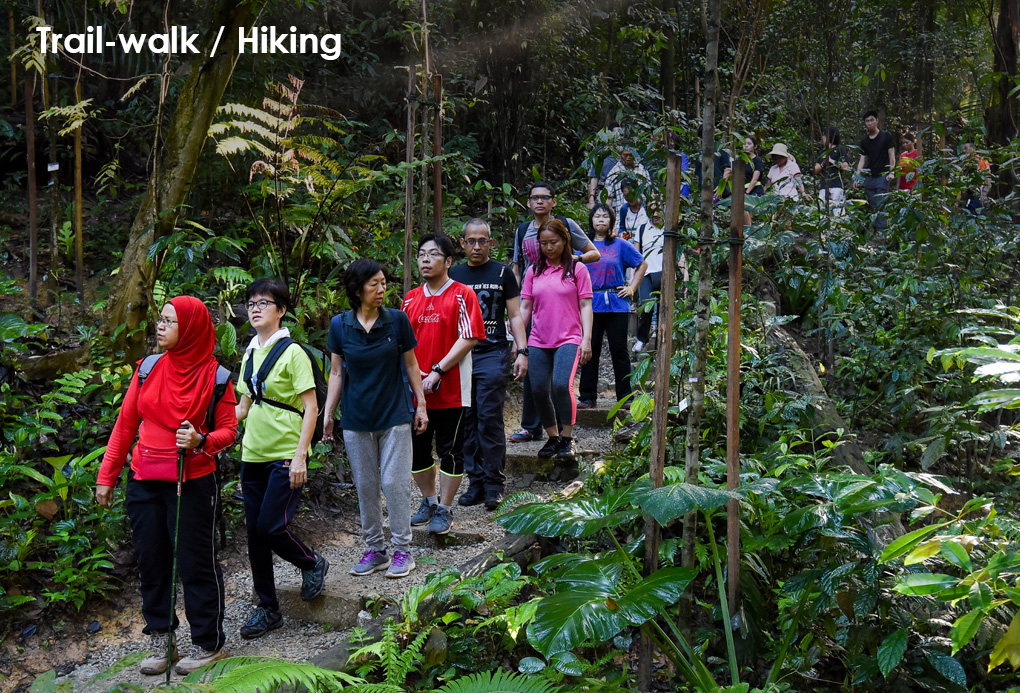
Trail Walk / Hiking
The Taman Tugu forest trail is suitable for beginners and all age groups. A full loop of the main trails is the Green (1.5km), Yellow (1.5km) and White (1.0km) trails, which is a total 4.0km. The Nursery trail is 1km. Therefore, depending on time availability and fitness level, one can choose to do just a 1.5km or 3.0km or the full 4.0km or the 1.0km Nursery trail.
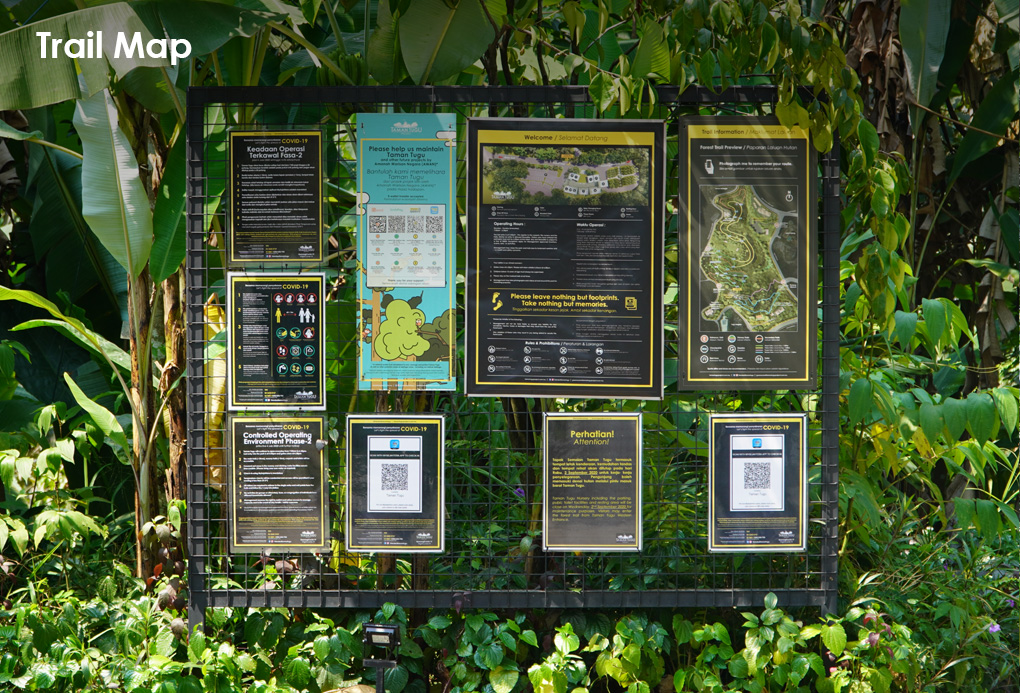
Trail Map
The trail maps are available at the start of the trail and at some checkpoints within the trails. Follow the respective checkpoint (markers along the trails) based on your preferred route. Take a photo of the trail map so you can refer to the trail map anytime during your walk.
PROGRAMMES & ACTIVITIES
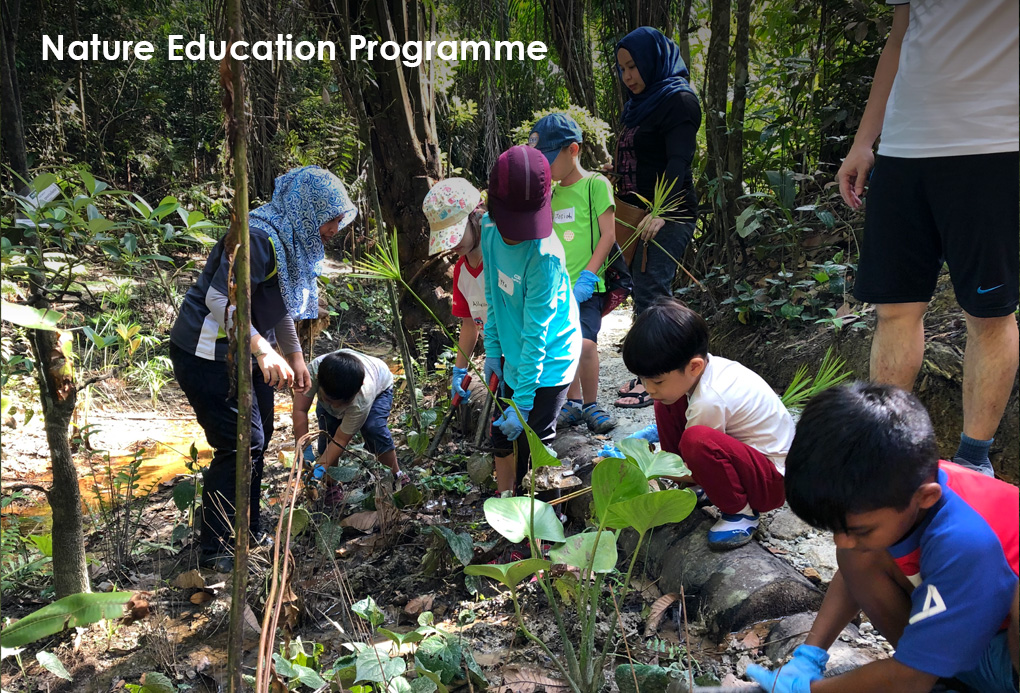
Nature Education Programme
This 2 hour educational session is an outdoor hands-on session. The Nature Education Programme is fully sponsored by CIMB Islamic Bank.
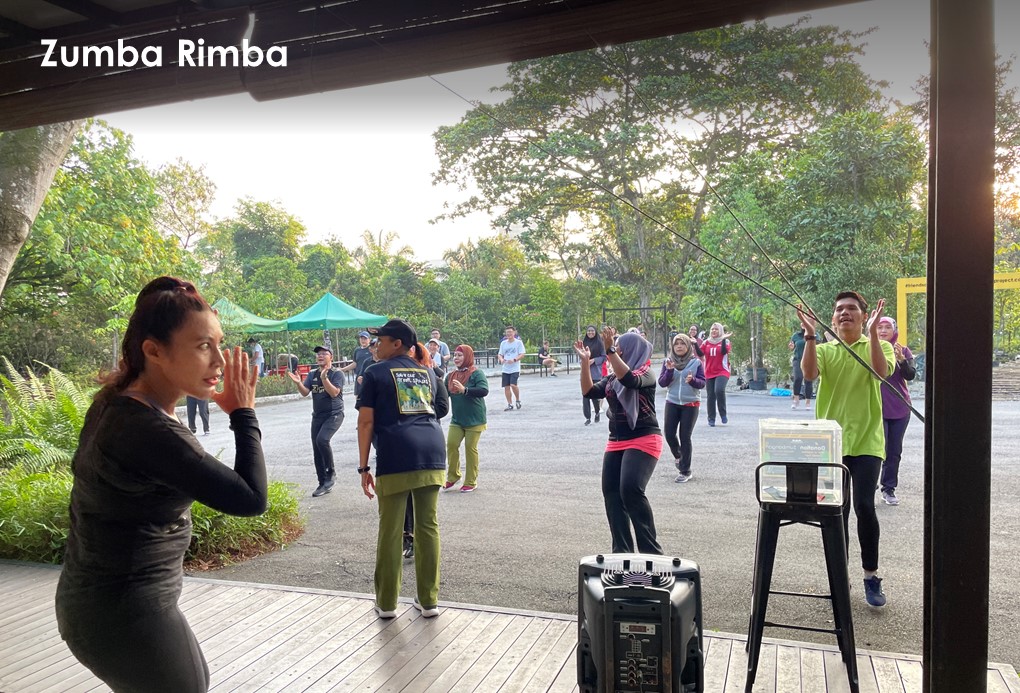
Zumba Rimba
Takes place weekly every Saturday at 8.00am. Join us for a good fun workout.
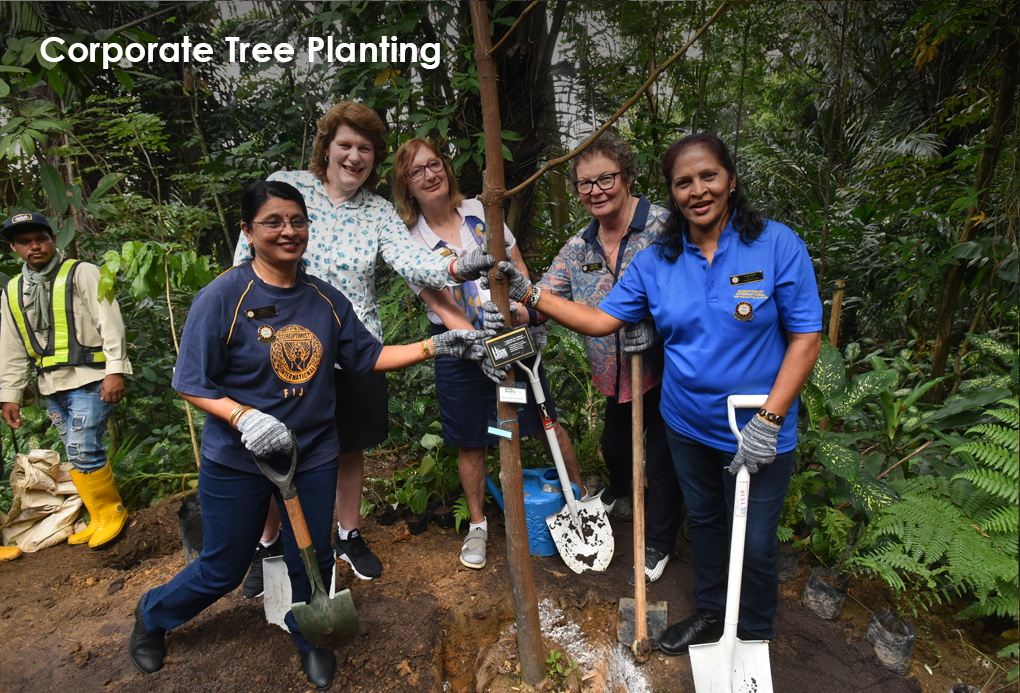
Corporate Tree Planting
More updates to follow - stay tuned

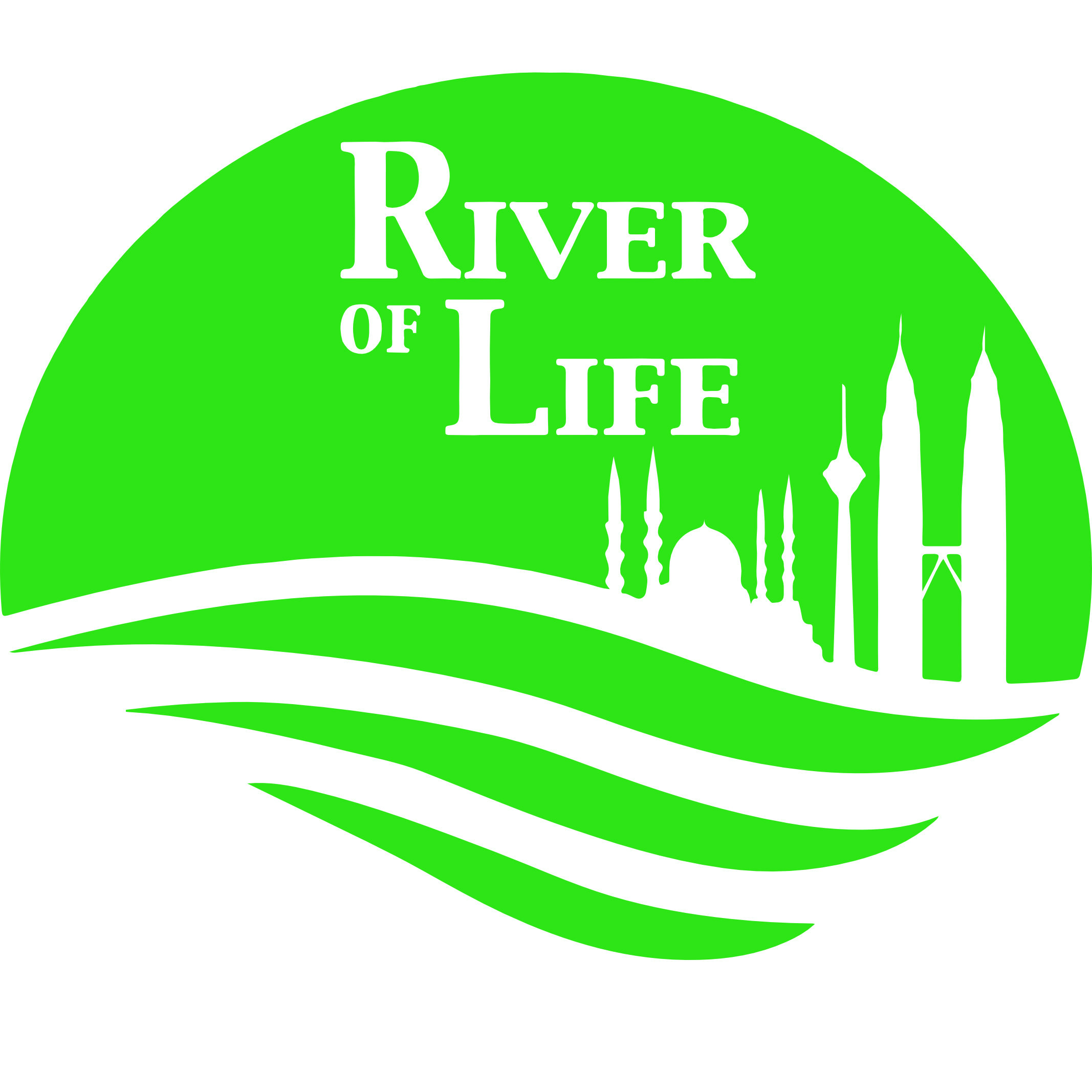
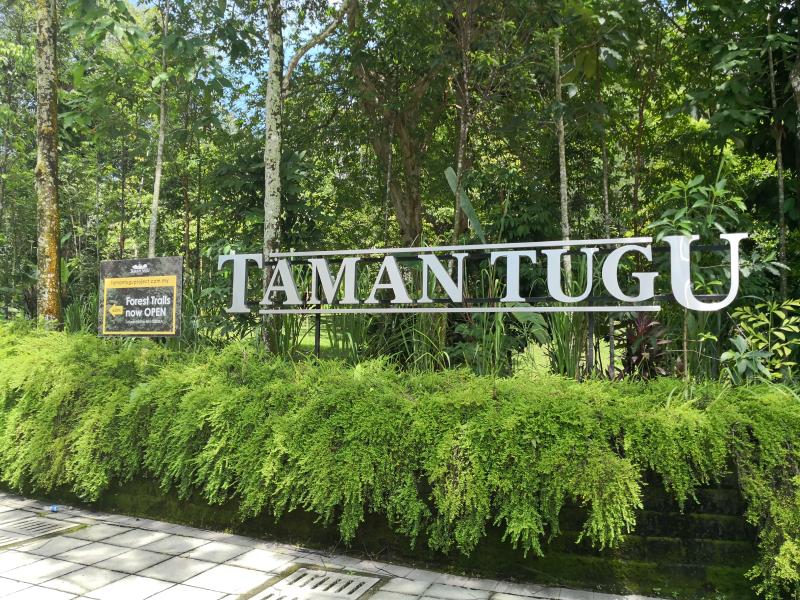
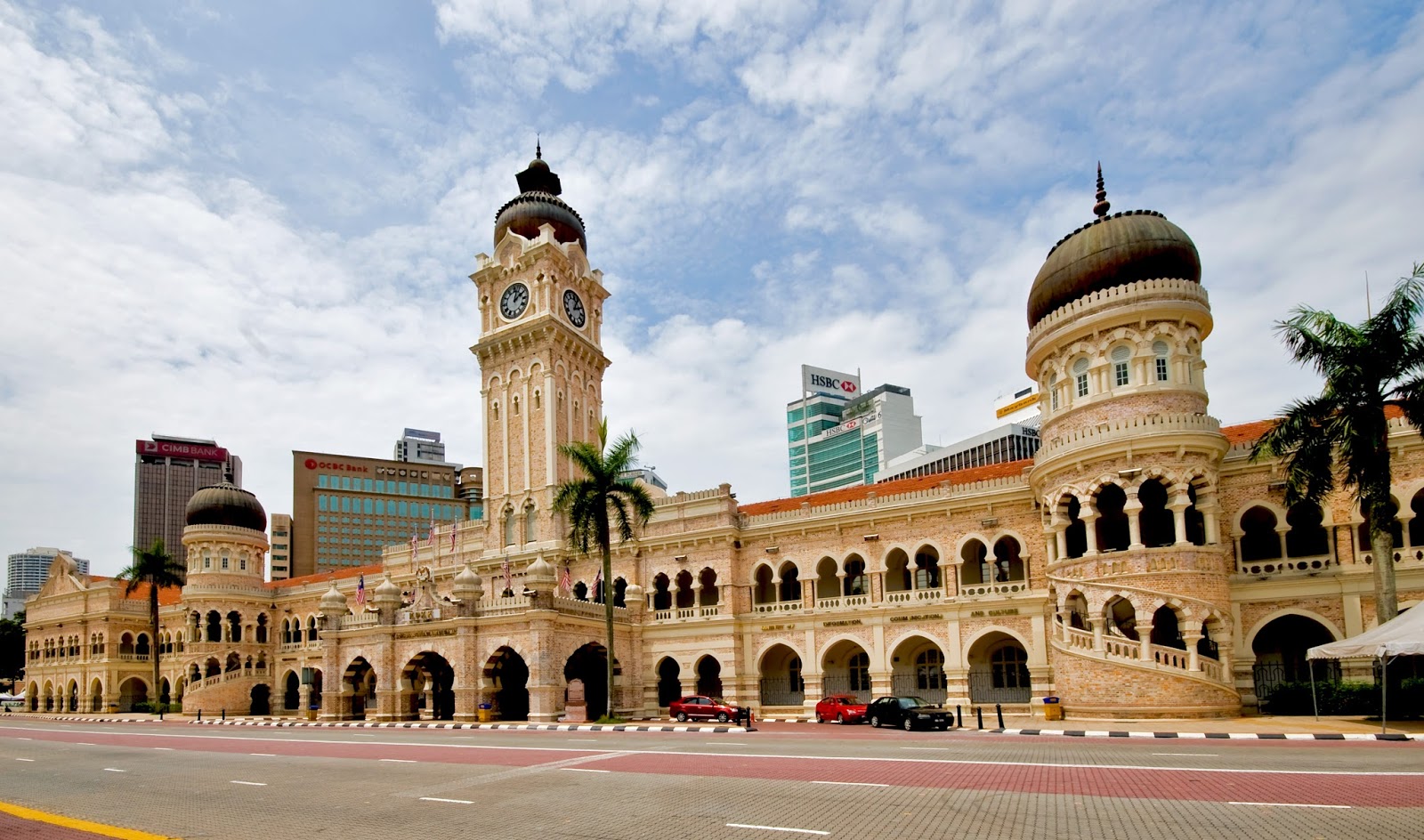
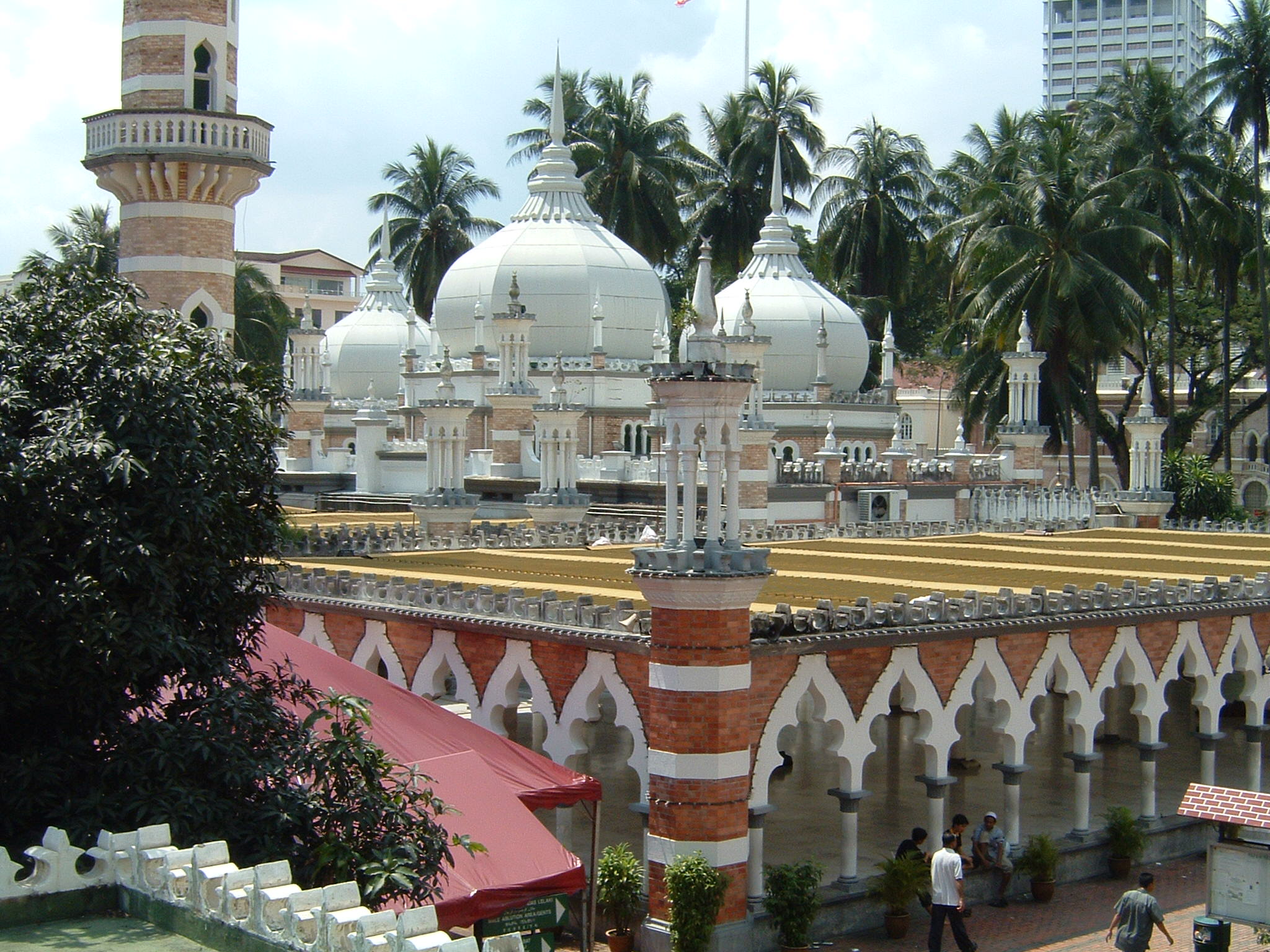
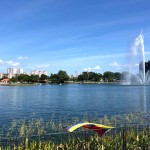
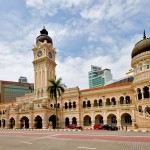
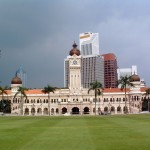
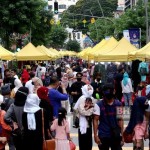
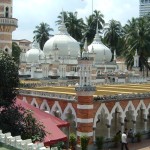
 Unhappy
Unhappy
 Neutral
Neutral
 Satisfied
Satisfied